
If you are interested in becoming an Amazon Private Label (PL) FBA seller there are things you should know before you start.
Online gurus will sell you the dream that Amazon PL is a great way to get rich quick and have a passive income for a $500 investment.
The reality is that you can make a lot of money doing Amazon PL.
But it takes guts, significant investments all along the journey, and a ton of hard work.
What is Amazon Private Label FBA (Fulfilled by Amazon)?
This article assumes you have a basic understanding of Amazon Private Label FBA and how it works.
But in case you don’t, an Amazon FBA private label product is a product that is designed and manufactured by a third-party (like you!), sold under a brand name and fulfilled by Amazon.
As the brand owner, you specify everything about the product to make your product unique. You are also responsible for creating an Amazon listing for the product, importing it, and delivering it to Amazon for sale and fulfillment.
For a more in-depth explanation of Amazon Private Label FBA, check out these free videos from Jungle Scout. They describe what Amazon Private Label FBA is and how it works in detail.
About Me
I spent about 20 years doing IT and strategy consulting for consulting firms like E&Y and Deloitte as well my own consultancy.
Then in 2016 I decided to start a business. Eventually that business became an Amazon private label FBA business.
I had a lot of ups and downs starting my Amazon private label brands.
But today my Amazon private label brands have seven figure revenues and we run my business from all over the world doing full time travel.
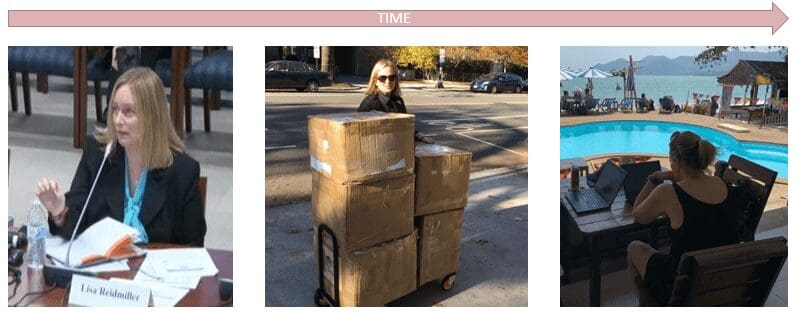
So we ARE living the dream the online gurus are selling.
But I’m going to tell you the truth about how hard it is to be successful in this business.
Because that’s what it is: a business, NOT a get rich quick scheme.
My First Product – 2016
Starting in 2015 I dabbled in all kinds of efforts to start an online business.
I did tons of research and reading. I even invented a product. But nothing clicked.
Then I had an amazing ‘a-ha’ moment in August 2016 a moment when preparation met inspiration.
A viral Facebook post appeared on my wall showing ‘Bring me wine’ socks. I clicked on it but they were sold by a small company in Canada the socks were $20, and shipping was an additional $15.
A quick search showed me that these socks weren’t available anywhere else (yet). I showed my phone to Matt we were in the stands at a football game and told him that this would be my first product. And that I would have them made in China!
All of the research I’d been doing formed itself into a plan in my mind. Five minutes later I was on the Go Daddy website and had registered the domain name ‘Saucey Socks’.
And so it began. The picture on the left was the inspiration, and the picture on the right was my first product.

In my first 4 weeks of selling those socks I had revenue of around $65,000 and a profit of about $20,000. It was the Christmas season and it is a gift product that went viral and there were only a handful of sellers. I was able to sell at a premium price and sell out my initial inventory quickly and with $0 in advertising.
But I will be honest with you: I WAS LUCKY!
I didn’t actually know what I was doing and I made a LOT of mistakes. Meaning I left a lot of money on the table.
But I know plenty of people who were less lucky than I was and lost their investment trying to start an Amazon private label FBA business.
My hope is that this article will prevent that from happening to you!
What Do I Sell Today?
Those socks were the start of something big!
Today I sell over 35 products and variations through Amazon Private Label FBA.
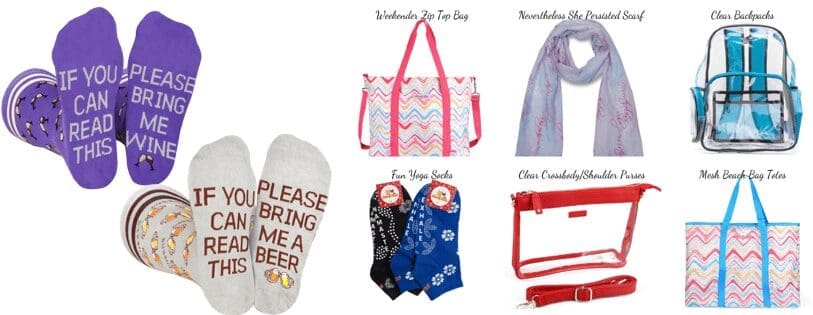
I’m a lot smarter today than I was when I launched those first products on a wing and a prayer.
I’ve learned a lot.
And I’m happy to share those lessons with you.

Things You Should Know Before You Start
I’ve broken my lessons learned about things you should know before you start an Amazon private label FBA business into 7 categories.
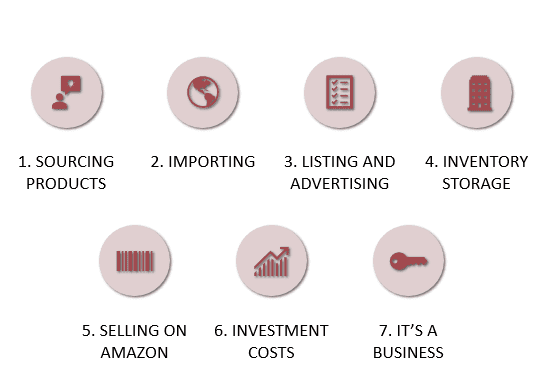
I’ll go into detail on each of these categories and provide total insight into the effort and investment required for each.
And I will use specific examples and real numbers from experience with my business.
So buckle up. Here we go!
1. Sourcing Products for Amazon Private Label FBA
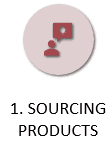
Product selection is the most important step in starting a successful Amazon PL FBA business!
If you have a product that no one wants nothing else matters.
It’s a simple fact of retail: it is easier and cheaper to market products that people are already searching than it is to create demand for a product that no one has seen or thought about before.
My rule of thumb is that when a buyer sees my products he or she should know what it is, what it does and why they want it within 2 seconds.
But of course the more demand there is for a product, the more competition there will be for it.
And now powerful tools like Jungle Scout and IO Scout do the hard work of figuring out what products are selling well on Amazon. Which helps sellers identify profitable niches. Which drives even more competition in successful niches.
You don’t want to be last to market with the same product in a niche.
You want to to be the first to market in a successful niche with a superior product with updates/modifications that people want.
And you should expect that if you do create a superior product, people will copy it. And your sales price will eventually go down.
After all, you can use Jungle Scout or IO Scout to find profitable niches and products…but so can everyone else!
It’s just a fact in the world of Amazon private label FBA: if your product is selling well, other people will soon be selling it too. Accept that fact.
But rest assured that being first to market will give you a significant advantage in your niche.
Example of the Advantage of Being First to Market
I’ll use one of my sock competitors as a great example.
About a year after I started selling Bring Me Wine socks a new competitor came up with a clever and cute innovation: package the socks as a cupcake! Brilliant!
And she made a killing.
But within six months she had hundreds of competitors selling the exact same product!
That’s life in Amazon FBA.
BUT. She is able to maintain a price advantage over her copycat competitors because they are breaking into the market (which Amazon makes hard and expensive) while she has a product with great sales and reviews (which Amazon rewards).
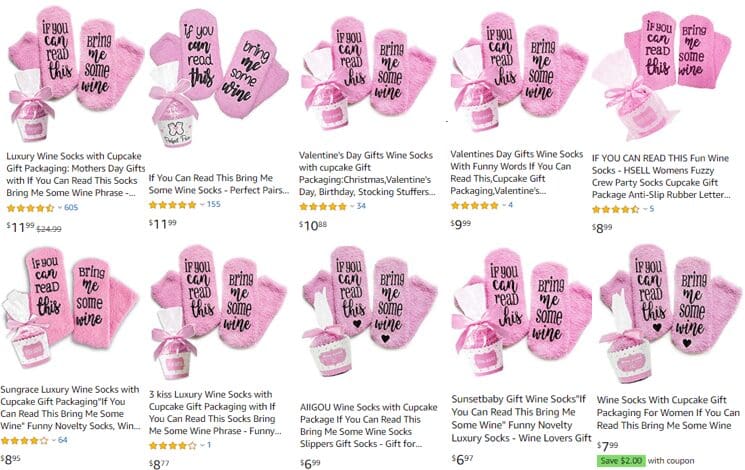
So she is still making sales at $11.99 even as new entrants are struggling to enter that product market selling at $5.99 (after coupon)!
Lesson: Sell products people already want and are searching for BUT try to be first to market with an innovation or improvement.
Where to Find Suppliers
Alibaba is the most common way Amazon private label FBA sellers find product suppliers. 1688 is similar to Alibaba but almost all communication on 1688 is only in Chinese.
Understand that when you work through a supplier on Alibaba you may be dealing with a wholesaler or a factory rep. That’s ok but dealing with a factory direct rep may yield lower prices.
Good communication is the key here. You need to find a supplier that you can communicate well and easily with and who is willing and able to work with you. You are not just looking for a supplier, you are looking for a business partner.
Once you have identified a few potential suppliers provide your design to these suppliers and get a cost estimate.
You don’t have to provide fancy designs.
I sometimes create a design by patching together photos of things I like from different products: a zipper from here, a clasp from there, a pattern from a third product.
Good suppliers will see your vision and be able to put it together – this is an area where Chinese suppliers really excel!
Order Samples
Now that you’ve identified a few suppliers who you feel good about and have competitive prices it’s time to order samples.
Always order samples from multiple suppliers.
And expect to pay $50-$200+ per sample (including shipping) depending on the product and the specialization.
If you are lucky one of the samples you receive will be the product you want to sell!
If not you will need to work with suppliers to fine tune the product to meet your specific design and requirements. This is where good communication becomes critical.
Order Your Product
The next step is to deliver a purchase order to your selected supplier.
The PO is your contract with your supplier so make sure you include terms about product specifications, production schedule, payment terms and quality control including inspection.
Inspection
The final step of sourcing is inspection.
Every order should be inspected before you provide final payment/accept the goods because once a product leaves China you’ll have very little recourse for defects.
Expect to pay $200-$400 for an inspection.
Be sure to read the inspection report carefully and don’t be shy about asking your supplier to address issues brought up in your inspection report.
This is your last chance to address any defects or quality issues before you take possession of your shipment of products!
2. Importing Products for Amazon Private Label FBA
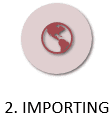
Once your Amazon private label products have been produced you need to have them imported.
There are laws and regulations around the importation of products that you must comply with.
And there are costs associated with importing products beyond the actual cost of shipping.
Import Law
There are laws around testing, certification and labeling for products destined for the US (and other) markets.
It is up to YOU to figure out what tests and certifications are required are required for your prodcut and pay for them – BEFORE your product is imported.
Depending on your product, here is a sampling who you need to check with – it is product specific, and there are a lot of government agencies/laws, so do your research!
- Children’s and many consumer products: CPSC in the US
- Products that touch food: FDA in the US
- Country of origin labels: CBP in the US all products!
Failure to adhere to testing, certification and labeling requirements could result in Customs detaining your product. You could be subject to fines and be required add or change product labeling. In the worst case, Customs might destroy your product.
But Customs is nothing compared to what Amazon will do to you if your product is non-compliant. Amazon will simply close your listing and put you out of business if you can’t supply proper documentation.
The TOTAL Cost of Importing Amazon Private Label FBA Products
It’s not enough to look at the cost of shipping your products from China to the US.
You have to consider all of the costs, fees and taxes associated with the importation of your products.
That is commonly referred to as your ‘landed cost,’ ie, how much did you pay for that product once it is sitting in your warehouse in the US?
Production vs. Landed Costs Backpacks Example
In addition to samples, testing and certification costs, you must pay tariffs on your products.
Most products have import tariffs. And they can be very expensive!
Let’s use a shipment of 5000 of my Clear Backpacks that I imported BEFORE the Trump trade war tariff was increased from 10% to 25%.


That total duty of $5549.70 would be $8324.55 under the new tariffs! All of which has to be paid before you sell a single item.
And that’s in addition to the actual costs of shipping product from China to the US.


So let’s compare production costs to landed costs for this order.
TOTAL COSTS IN THIS EXAMPLE:
- Order total from supplier – $18,499
- Final total landed cost with shipping, duty and all acquisition costs included: $28,613
PER UNIT COSTS:
- Cost per bag from supplier: $3.69
- Total landed cost per bag: $5.72
That’s a 55% cost increase from my negotiated price point!
Production vs. Landed Delivery Timeframe
The other reality of Amazon FBA sourcing is that nothing happens fast.
It may take a couple of months to approve a sample.
Then you have to wait for your production run to finish at the factory.
And shipping alone will take longer than you expect.
In my backpack example, they were inspected and approved on September 19. They were placed on a cargo ship on September 30. Their ESTIMATED arrival date was October 21.
The bags arrived at my warehouse in North Carolina on November 15!
That’s almost 2 months from inspection to delivery!
3. Listing and Advertising for Amazon Private Label FBA
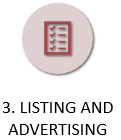
Your Amazon Private Label FBA product listings will make or break your Amazon FBA business.
The quality of your listing is critical to your product’s success
You’ll need to follow best practices for Amazon product listings including learning Amazon SEO techniques.
But organic SEO is rarely enough to get your listing on the front page of an Amazon search.
So you’ll need to think about advertising and other ways to improve your chances of Amazon buyer seeing and buying your Amazon private label FBA products.
Amazon Private Label FBA Product Listing
Here are the minimum requirements for a successful Amazon product listing:
- Clear, professional photos including ‘lifestyle shots’ with model
- Listing title and copy that is clear and easy to read
- Amazon SEO and keyword optimization: ‘Keyword stuffing’ without making the listing difficult to read
- Advertising on Amazon (Pay Per Click)
- Advertising off of Amazon (Facebook, Pinterest, etc.)
This was a lesson I learned the hard way.
My first listings had terrible photos and absolutely no title or copy SEO optimization.
They were horrible.

I’ve learned a lot since then.
And this is what one of my listings look like today.

To be clear, creating a listing like this is not a difficult process.
But it is time-consuming and needs constant care and attention to make sure that your listings are optimized so that Amazon will organically show your listing to its buyers.
Jungle Scout has a terrific product that can help you optimize your Amazon keyword SEO. It will save you a lot of time but cost you a little money.
Listing and Advertising New Products
Organic Amazon SEO will help you sell existing products. But it’s not going to be enough for most new products to get traction and sales.
You will have to invest money in advertising to launch a new product (and probably sell at a loss in the beginning).
Launching a new product on Amazon is more difficult than ever.
In an ideal world you could get your listing to the first page for your most relevant keywords through keyword stuffing and SEO optimizations. But the world of Amazon FBA selling is rarely ideal.
In order to break into a crowded and competitive marketplace you need sales volume that competes with the top sellers who are already there.
You will likely have to spend money on Amazon advertising to make this happen. And the more competition, the more money you have to spend to get to the front page of Amazon’s searches.
Amazon Advertising Works – But it is an Investment
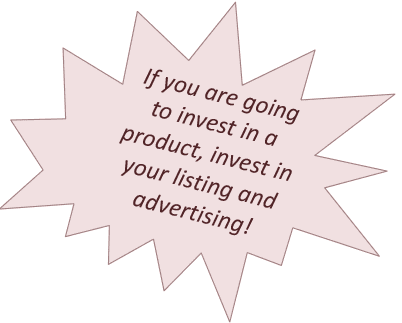
Amazon PPC (Pay Per Click) advertising is Amazon’s internal advertising platform. You may see products that say ‘sponsored’ next to them when searching for a product – that is an advertised product and the advertiser pays some amount each time someone clicks on that ad.
Amazon PPC is a great way to get visibility to your product, but it can be very expensive and difficult. Not to mention time consuming.
One of the best resources for a deep dive is the free Jungle Scout PPC Master Class.
Combining Amazon PPC advertising with e-coupons is also helpful.
Of course, the more competitive your product or niche is, the more expensive advertising will be.
That’s why I spend time working on third Party advertising through Facebook, Pinterest, Instagram and Google AdWords. Of course, each of these advertising channels has its own complexities that have to be mastered in order to get value out of your advertising budget.
Giveaways/Deep Discounts – Caution!
Doing giveaways and deep discounts used to be the ‘guru recommended’ way to launch a new product: give them away or sell them at a deep discount in order to churn up sales volume and get Amazon SEO to think you are a hot product that needs to be on the front page.
These ‘gurus’ were also selling their software/services that automated these giveaways and deep discounts (Jumpsend, Snagshout, etc).
One unintended consequence of this approach was that other entrepreneurial Amazon sellers would buy your product at the 90% introductory discount, then send it in to Amazon and resell it on your listing, undercutting your sales with their clever FBA arbitrage. So there were always a lot of negatives to giveaways and deep discounts to drive Amazon SEO.
And then one day Amazon sellers using these giveaway and deep discount ‘launch services’ suddenly had their accounts closed for ‘listing manipulation.’
The bottom line is: launching a new product is difficult, and you need to expect that. Advertising will be expensive, and you need to expect that. Trying to take a shortcut or follow ‘black-hat’ tricks to get your product ranked higher more quickly may work in the short term, but it is also an easy way to get your Amazon account suspended permanently
Amazon Product Reviews
It is impossible to to understate the importance of product reviews that customers leave. They are absolutely critical to get people to buy your product.
But the problem at product launch is: how do you get reviews if no one has bought yet!?
Amazon’s number one rule about reviews is that you can not incentivize a review.
So those products giveaways or ‘deep discounts’ were banned from reviews, for example.
Some sellers do enlist ‘black hat’ tactics such as pay services to get reviews. And it works very well for some people. I have personally been frustrated when I see a competitor suddenly get tons of reviews using black hat techniques.
But other people get caught. And Amazon freezes their account and bans them from selling on Amazon. To me, that’s a stupid gamble. It’s harder to play by Amazon’s rules, but it’s worth it to not lose your relationship with Amazon.
I do use product insert cards to try to increase review rates.
And I use the automated follow-up email service Feedback Five to ask for reviews to increase my product review rate.
Amazon considers Amazon buyers to be THEIR customer – not yours! So they make it difficult to communicate with customers who buy your products by forcing you to communicate through Amazon’s anonymized email system.
Feedback Five totally automates my entire customer follow-up experience with a series of emails thanking the customer for their purchase, making sure they are happy and then suggesting they leave feedback and reviews.
But despite all these efforts…
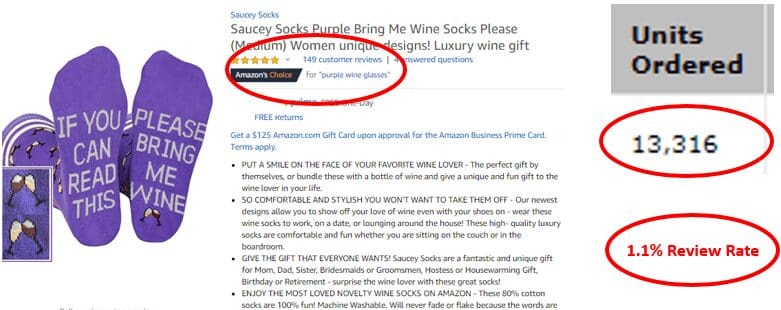
…my review rate is around 1.1%.
So yes, getting reviews is hard. But it’s part of the cost of doing business.
And the only thing worse than not getting good reviews is getting a bad review for something silly.
Here’s an example.
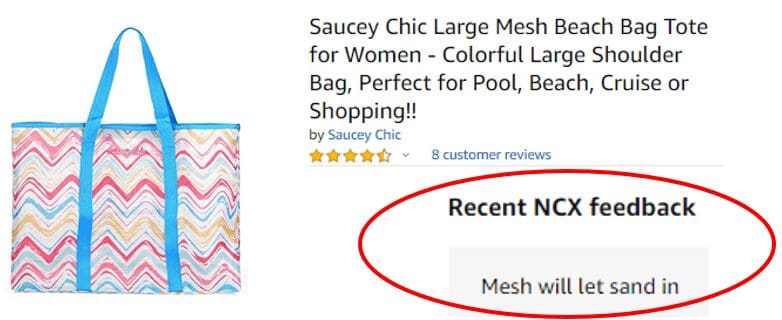
Well duh! Mesh bags let sand in. BECAUSE THEY ARE DESIGNED TO LET SAND FALL OUT!!!
And there is nothing you can do about reviews like this that ding your overall Amazon SEO.
Sigh.
4. Amazon Private Label Inventory Storage
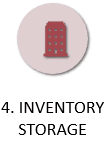
Minimizing storage fees while maintaining adequate inventory is critical to making money as an Amazon private label FBA seller.
Amazon prices storage fees to incentivize ‘just-in-time’ delivery of your private label products to Amazon warehouses.
And price storage fees to punish you for using them as your warehouse.
Amazon does NOT want to be your warehouse. Amazon want to be your sales channel and fulfillment partner.
Take a look a the Amazon monthly storage fees to see what I am talking about and how you can get a nasty surprise in the form of a huge bill for storage from Amazon.

As you can see, during the Christmas selling season storage prices skyrocket.
But where you can really get stung is if you keep inventory at Amazon too long.
A long-term storage fee applies to units that have been stored in an Amazon fulfillment center for more than 365 days.
The long-term storage fee is in addition to the monthly inventory storage fee.

Contrast that to the my warehouse partner in North Carolina, who charges me $0.50 per cubic foot year-round and never charges long-term storage fees.
Inventory Storage Backpacks Example
So let’s take a look at how Amazon’s storage fees can consume your business’ profits.
To make this example simple, let’s assume I have 1000 clear backpacks in storage for 15 months, from June 1, 2018 to August 2019 inclusive.

Here’s how Amazon’s storage fees can wreck your profit.

Amazon would charge me almost $11,000 more to be my warehouse than my warehouse charges me if I leave those thousand bags at Amazon.
And that’s for 1,000 bags.
I have been using my warehouse partner for storage since March 2018.
Since then I’ve had over 70,000 items stored there.

This would have cost a LOT more at Amazon.
When we first started selling private label FBA on Amazon we had product shipped from China and India to our condo.
We warehoused product ourselves in a spare bedroom and sent product to Amazon just when it was needed to avoid Amazon’s storage fees.
Now that I have scaled up, paying a third party warehouse to do this for me is a no-brainer.
5. Selling on Amazon
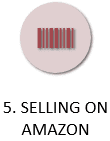
There’s one more expense you have to account for in the world of Amazon private label FBA selling: Amazon’s commission and fulfillment fee.
After all, FBA stands for Fulfilled by Amazon.
There are two direct costs associated with selling on Amazon: the Amazon referral fee and the Amazon fulfillment fee.
Amazon Referral fees are relatively straightforward. They are the commission that Amazon charges you for bringing you a customer. Here is the Amazon referral fee schedule.
Amazon FBA Fulfillment Fee: Size Matters
Amazon calculates FBA fulfillment fees based on dimensional weight. The length, width, and height measurements EACH matter for category classification.
The total of length x width x height also matters for fee calculation.
As an example, take a look at the fulfillment fees for my weekender bag if I were to leave it as it is vs. folding and packaging it.
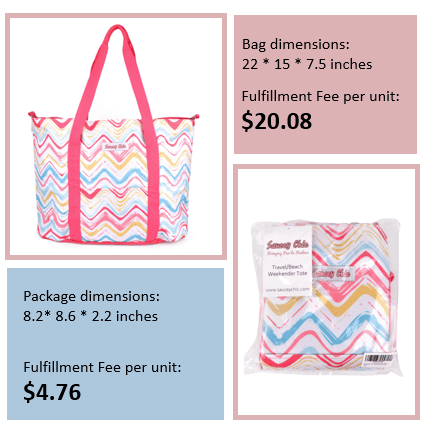
Obviously the goal is to work with your supplier to package the product in a way that minimizes Amazon fulfillment fees.
Products Seem to Grow in Amazon Warehouses
But don’t assume you can know what your exact fulfillment fee on a particular product will be!
Amazon’s product measurements are very subjective.
Of course, the more undisputable your product size in the packaging is, the better. Poly bags leave much more room for ambiguity than a box.
Here’s an example.
I sell two pairs of socks are EXACTLY THE SAME SIZE.
But Amazon has measured the best sellers in a way that they charge me $3.59 per pair for fulfillment. Meanwhile they measure the worse-selling (same sized) socks in a way that they charge me $2.81 per pair.
I’m sure it’s a total coincidence, but once a product becomes bestseller it does seem to be re-measured…
It’s Amazon’s World…We’re Just Living in It
So you are reading this and thinking: ‘Come on, Lisa, just appeal the measurements to Amazon and they will fix it!!’
Yeah, I used to think that too!
I went so far as to take photos and compare the thickness of the socks against a ruler AND a deck of playing cards that are 3/4 inches thick.
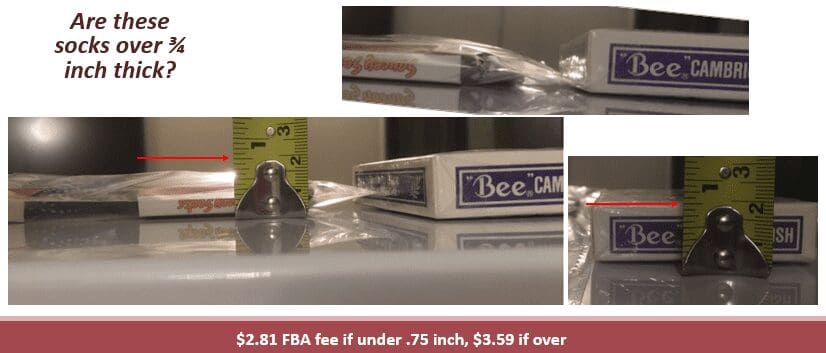
I got a canned response back from Amazon telling me that their more accurate ‘cubiscan’ measurements are correct and that my fees are my fees.
So it is what it is.
Now I simply assume that my product fulfillment price will be higher than I expect.
6. Amazon Private Label FBA Requires Upfront Investments
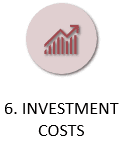
As you have seen, the upfront investments to launch an Amazon private label FBA product go far beyond the cost of manufacturing the products.
There are five major categories of expenses.
So what do these things all have in common?

They all require upfront investment.
Here’s a summary.
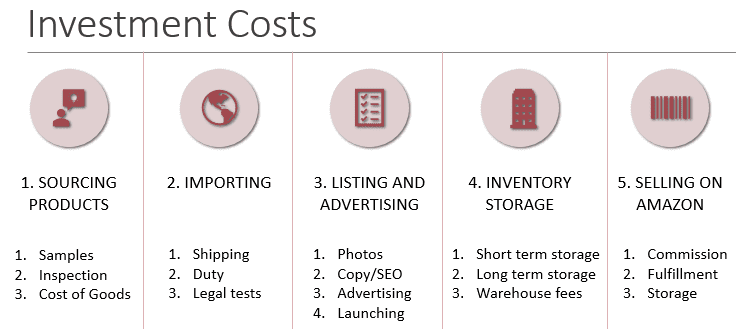
How to Estimate Your Upfront Investment for Launching an Amazon Private Label FBA Product
One question I get asked all the time is: How much cash do I need to invest to successfully launch an Amazon private label FBA product?
People want me to give them a specific number like $5,000.
After all, many ‘gurus’ say you can start an Amazon FBA business with $500 (if you just buy their class or software first)!
The honest answer is: it depends.
It depends on the per item manufacturing cost. And it depends on your landed cost. It also depends on your retail price. And it depends on how competitive your product niche is.
Some costs are easier to estimate than others. Landed costs are pretty easy to estimate once you have an idea of manufacturing and shipping costs.
But if you are serious about becoming an Amazon private label FBA seller then the best way to estimate your total upfront investment required to launch a product is by creating a ‘dummy listing.’
Once you have your product category and size and weight you create a listing for it in Amazon Seller Central but then suppress it.
This will give you rough estimates of Amazon’s referral and fulfillment fees.
Then you can take a look at what Amazon recommends you spend on advertising PPC. A good rule of thumb is to double that PPC recommendation for product launch.
By doing this homework BEFORE you decide to invest you can create a P&L budget that truly reflects your ability to earn profit on a particular FBA private label product.
Because earning a profit is the name of the game!
So You Turned a Profit…Now Here’s the Hard Part
To create and grow a successful long-term business, most of the money you make goes back into the business -especially in the beginning.
Profit is not ‘spending money’ if you want to grow a long term business.
In the first 1.5 years of selling Amazon private label FBA I put every penny I made back into new products and inventory to grow the business.
And even now I invest 50%+ of profit back into inventory depending on the season/product/inspiration.
Starting January 2019 I began withdrawing a small amount of profit from the business to live as digital nomads…but that was after 26 months of building and reinvesting in the business.
Which also means I have a large amount of investment in inventory and products at any given time. Which is how you grow a business!
It’s a Business

Which leads me to my last point: Amazon FBA is a business!
So far in this article I have told you all about the many expenses, perils and pitfalls of running an Amazon private label FBA business.
So why do I do it?
Because I have earned over a million dollars of revenue by selling on Amazon.
After all, Amazon is the leading e-retailer in the United States with close to 232 billion U.S. dollars in 2018 net sales.
Let’s be honest: selling on Amazon is amazing, but also very difficult.
Competition is at an all time high and growing.
In fact, more than 300,000 third-party sellers started selling on Amazon in 2017.
So today over 50% of Amazon’s US sales are made by 3rd party sellers like me.

Bottom Line – So Can I Make Money as a Private Label Seller on Amazon FBA?
YES, there is still opportunity to sell and grow on Amazon!
BUT…
It isn’t as easy or as cheap as the ‘gurus’ will try to sell you.
I recently read a story in The Atlantic about a couple who paid $3999 for a course that promised them that it was easy to make a passive income on Amazon.
Here’s how that turned out…

So, to be clear, Amazon private label FBA is NOT a get rich quick scheme.
It’s a business. And just like any other business if you are willing to make an investment, work hard, and treat it like a business, you can make A LOT of money.
Related Content
- Full Time Travel: You Can Do it Too
- How To Make Money While Traveling Full Time as a Digital Nomad
- How We Became Digital Nomads: Starting an Amazon FBA Business
- Our Guide to Travel Health Insurance for Americans (and Other Nationalities Too!)
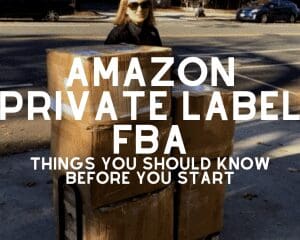
Leave a Reply
Recent posts
There are affiliate links in this page, meaning, at no additional cost to you, we will be compensated if you click through and take action.
As an Amazon Associate, we earn from qualifying purchases. We only recommed products and services that we have used and found helpful, so please do click on our links.
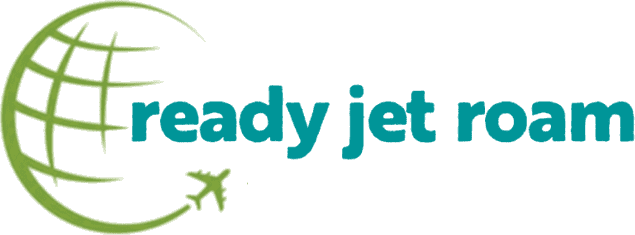

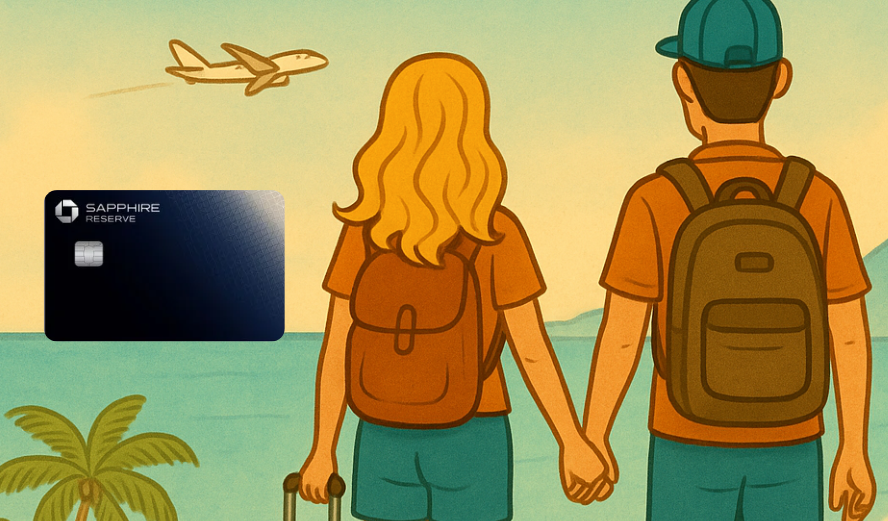

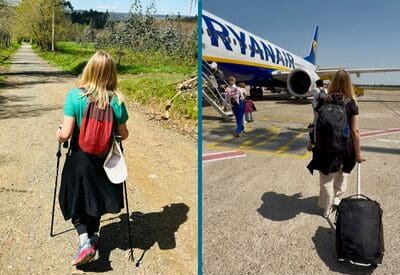
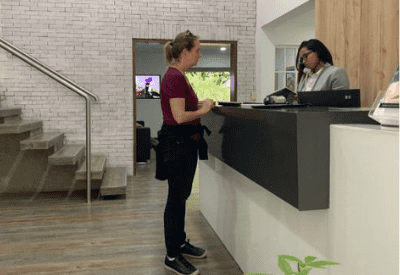
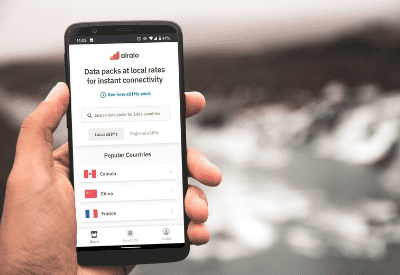
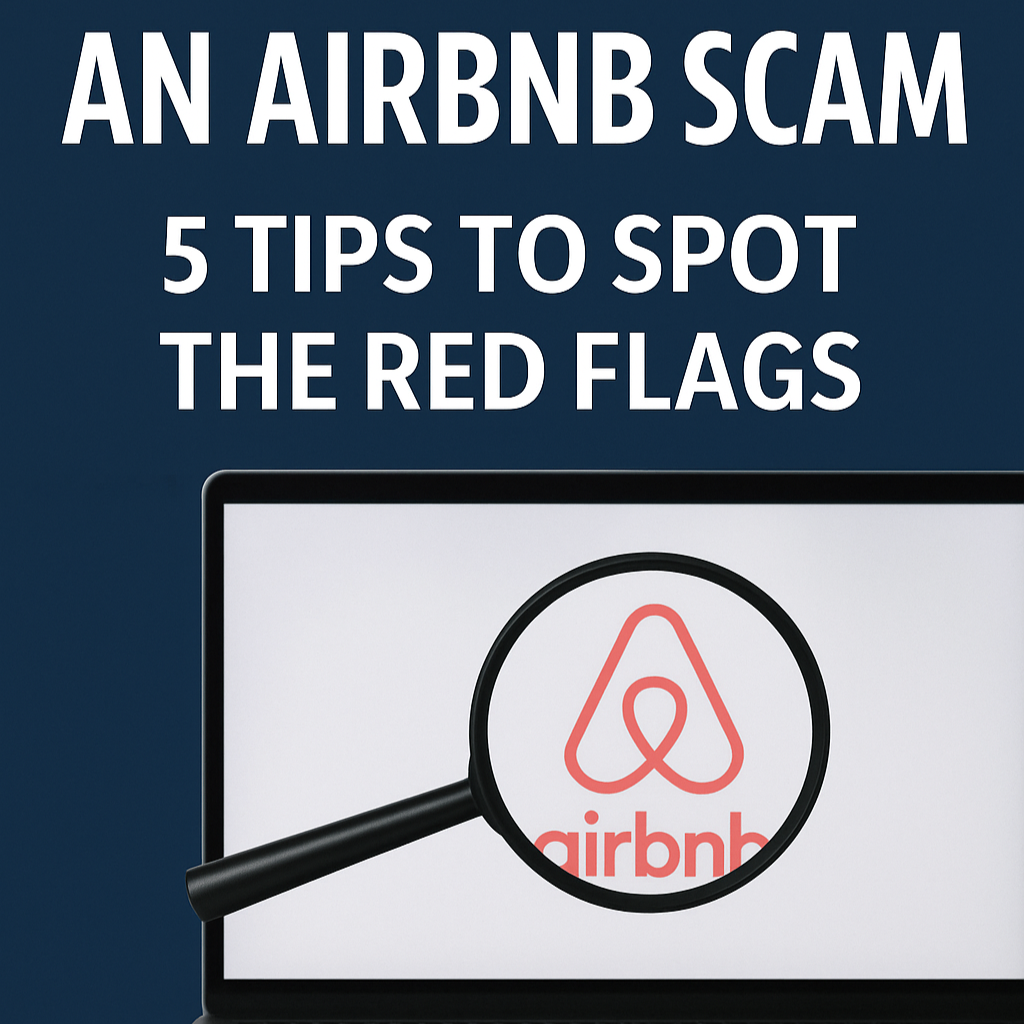
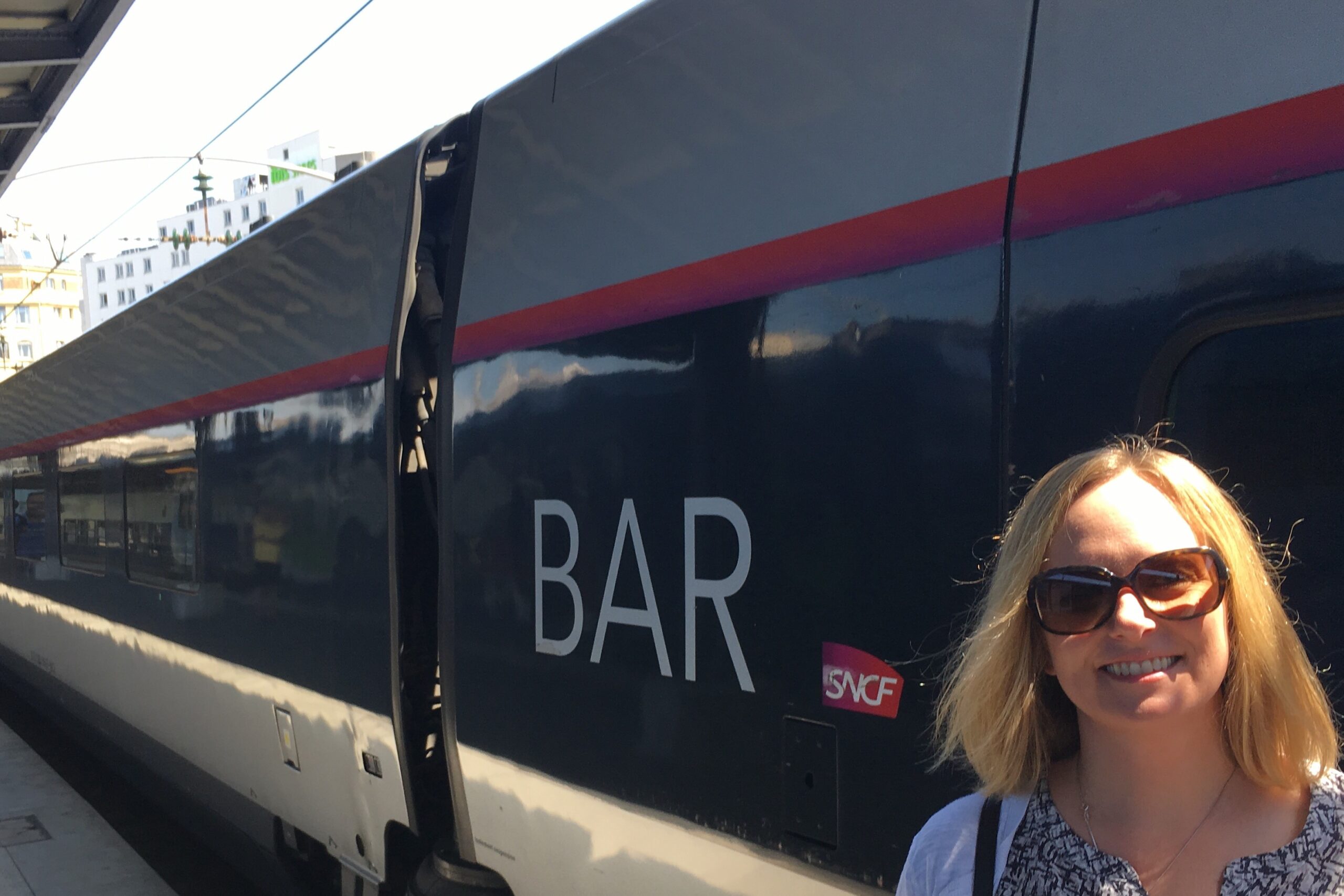


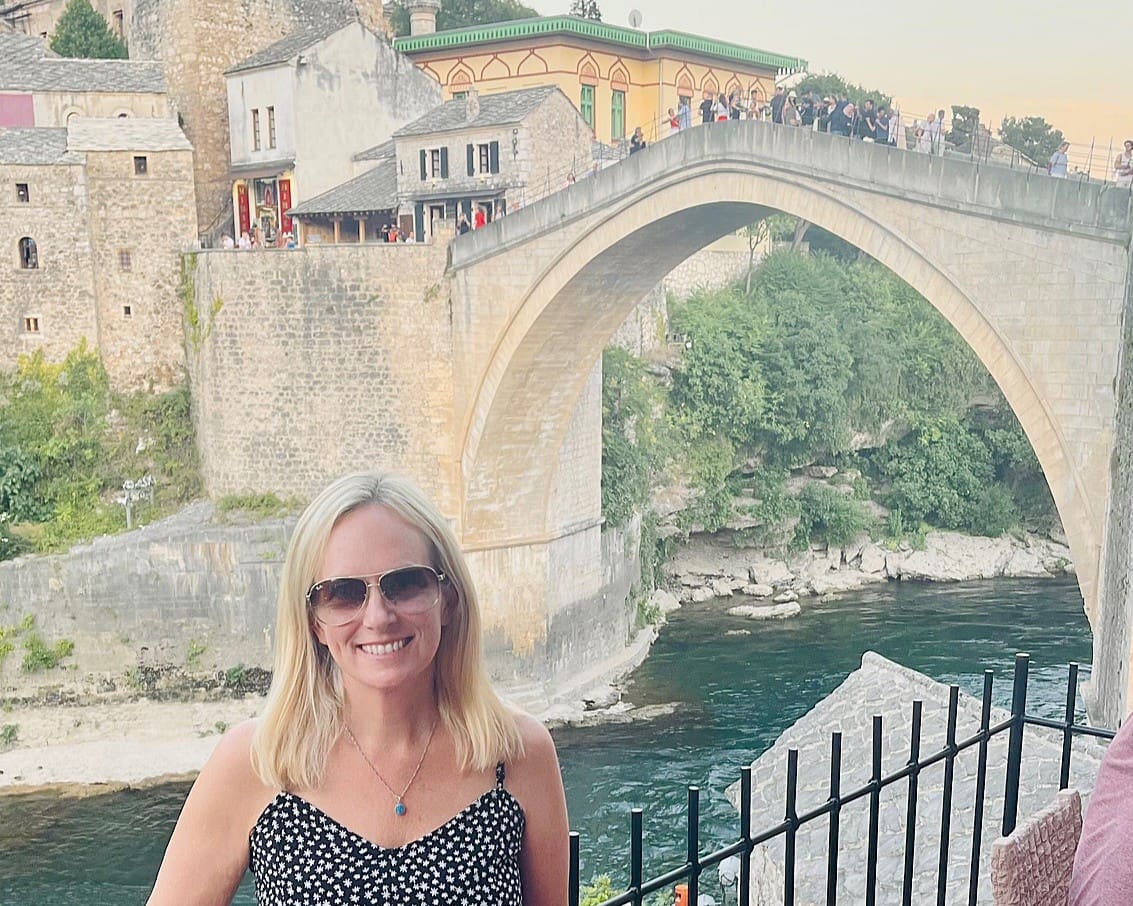


Hey Lisa, thanks a lot for your post. I learned a lot!
I’m wondering two things:
1. ok you made more than 1 million in revenue, what does it mean in term of profit and how long do you think you will stay in business?
2. did you start this blog to move for more ‘passive’ income?
Hi Marc,
Thanks for reading and I’m glad you enjoyed the post. To answer your questions:
1) At the end of 2018 (26 months of selling) my profit was about 22% of my revenue – that is after all expenses and taxes. Some products have done better than others and I continue to learn and adjust. I hope to stay in business indefinitely and grow both my annual revenues and profits!
2) My husband started this blog and yes, he hopes to grow it to another revenue stream. I am not moving into blogging – I’ll stick with running my business because I don’t enjoy writing very much. However, I gave a 2 hour presentation to a coworking group last week and there was a lot of interest in the topic. We didn’t record the presentation so I thought the next best thing was to write this up as a reference using the slides and materials I had already developed. This post is just my opportunity to give back to the community and to share my honest thoughts on running an FBA business – that it is incredibly hard but also very rewarding.
Thanks for your questions and I hope I’ve answered them – let me know if you have any others!
Lisa
Excellent FBA 101 – thanks so much for taking the time to write it all down. Cheers to your travels and endeavors!
Hey Lisa – thanks for the all the details that are conveniently left out of the gurus’ YouTube videos. I knew there was much more to it but couldn’t find the details. Three questions, if you don’t mind!
Given you are nomadic, what address do you use for your business and with Amazon FBA? We are nomadic also and continue using our home address for “official” things when required but don’t actually live there so I’m not sure what to do for a business address, etc.
Secondly, can you explain any challenges you have with getting samples while you’re moving around the world?
Finally, how do you communicate with the manufacturers/suppliers? Can it all be done via email? Thanks much!